After almost four decades the Rensselaer Country Sewer District (RCSD) wasterwater treatment plant (WWTP) was interested in upgrading its biosolids process system. RCSD conducted a biosolids alternative analysis, and selected a method that had the lowest lifecycle cost but also generated a beneficially useful biosolid product.
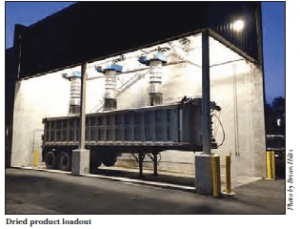
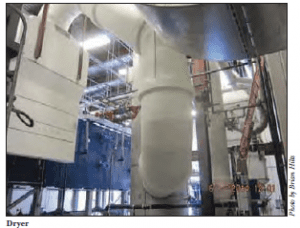 With the new process underway RCSD developed a marketing plan to help identify outlets for the dried product. Hoping for a “turn-key” partnership, in which the partner would take responsibility for the dried products from the loading facility to outlets, that is where RMI comes in!
With the new process underway RCSD developed a marketing plan to help identify outlets for the dried product. Hoping for a “turn-key” partnership, in which the partner would take responsibility for the dried products from the loading facility to outlets, that is where RMI comes in!
Read the following article to learn more about RCSD and the partnership with RMI:
Rensselaer County Sewer District’s Biosolids System Upgrade Project
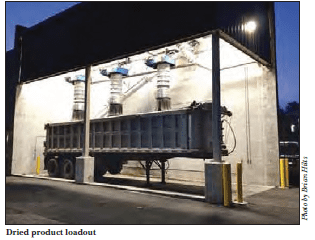

 Jamie Oliverez will spearhead the NY Region as its manager. Jamie comes to RMI with an extensive residuals management background. He formerly worked for the state of Washington as their biosolids regulator, overseeing all biosolids activities in the state.
Jamie Oliverez will spearhead the NY Region as its manager. Jamie comes to RMI with an extensive residuals management background. He formerly worked for the state of Washington as their biosolids regulator, overseeing all biosolids activities in the state.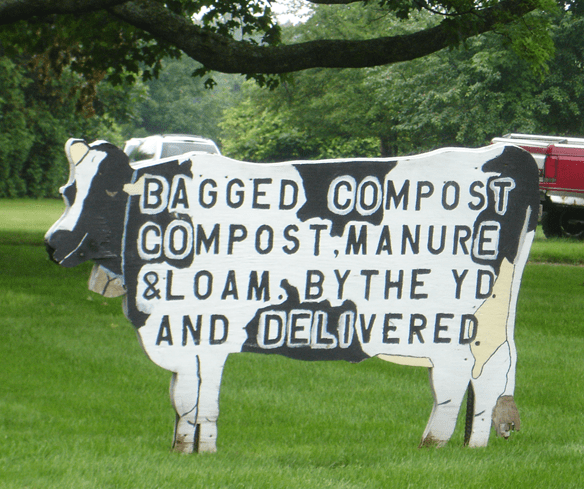
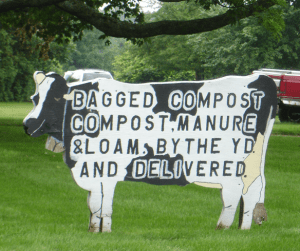

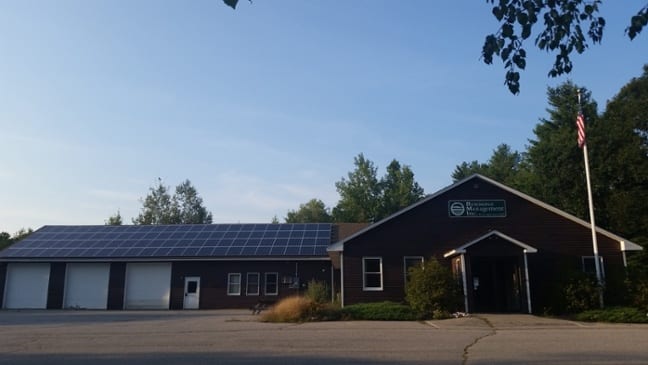

 rge Faran joined the RMI team in June as our Operations Assistant. In this role, George is responsible for the daily dispatch of the company’s truck fleet. This includes scheduling generator pickups and end user deliveries. Prior to joining RMI George worked for our next door neighbor MegaPrint as a production manager. George has extensive work experience in public safety including fire and police dispatch, and is a talented saxophonist playing in local community bands. If you go to a game at the Plymouth State University ice arena you will likely see George operating the Zamboni machine. George earned an Associate’s Degree in Fire Protection at NH Vocational-Technical College in Laconia and a BS Degree in Business Administration at Plymouth State University, New Hampshire.
rge Faran joined the RMI team in June as our Operations Assistant. In this role, George is responsible for the daily dispatch of the company’s truck fleet. This includes scheduling generator pickups and end user deliveries. Prior to joining RMI George worked for our next door neighbor MegaPrint as a production manager. George has extensive work experience in public safety including fire and police dispatch, and is a talented saxophonist playing in local community bands. If you go to a game at the Plymouth State University ice arena you will likely see George operating the Zamboni machine. George earned an Associate’s Degree in Fire Protection at NH Vocational-Technical College in Laconia and a BS Degree in Business Administration at Plymouth State University, New Hampshire. Maria Feraco is RMI’s new Full Charge Bookkeeper and Office Manager and the company’s newest employee having come on board in August. Prior to joining RMI, Maria worked at Speare Memorial Hospital in Plymouth as a Staff Accountant. Maria earned her degree in Science of Accounting at Mass Bay Community College. In her new job Maria is charged with a full scope of bookkeeping responsibilities, including processing billing, running employee payroll, and maintaining the various company accounts. Maria also works with the office staff who handle the myriad of administrative tasks necessary to keep the company going, ranging from handling mail, answering phones and keeping sales and delivery documents in order, to orchestrating today’s Annual Fall Harvest Pig Roast.
Maria Feraco is RMI’s new Full Charge Bookkeeper and Office Manager and the company’s newest employee having come on board in August. Prior to joining RMI, Maria worked at Speare Memorial Hospital in Plymouth as a Staff Accountant. Maria earned her degree in Science of Accounting at Mass Bay Community College. In her new job Maria is charged with a full scope of bookkeeping responsibilities, including processing billing, running employee payroll, and maintaining the various company accounts. Maria also works with the office staff who handle the myriad of administrative tasks necessary to keep the company going, ranging from handling mail, answering phones and keeping sales and delivery documents in order, to orchestrating today’s Annual Fall Harvest Pig Roast. Bill Wight joined our Delivery Team focused primarily on operating the company’s roll-off truck. Bill’s experience ranges from operating in the North Country timber business south all the way to Daytona, FL. In his non-work time you can find Bill enjoying everything NASCAR, especially the races at the track in Loudon, not too far from his home.
Bill Wight joined our Delivery Team focused primarily on operating the company’s roll-off truck. Bill’s experience ranges from operating in the North Country timber business south all the way to Daytona, FL. In his non-work time you can find Bill enjoying everything NASCAR, especially the races at the track in Loudon, not too far from his home. Mike Paterson joined RMI at the end of June as our Over-the Road Driver. In this role, Mike serves a route ranging from eastern Massachusetts, north through NH and VT, and west into eastern NY State. Mike’s estimated 2.5 million miles of truck driving includes extensive experience hauling timber in and from the forests of Maine, Vermont and New Hampshire.
Mike Paterson joined RMI at the end of June as our Over-the Road Driver. In this role, Mike serves a route ranging from eastern Massachusetts, north through NH and VT, and west into eastern NY State. Mike’s estimated 2.5 million miles of truck driving includes extensive experience hauling timber in and from the forests of Maine, Vermont and New Hampshire.